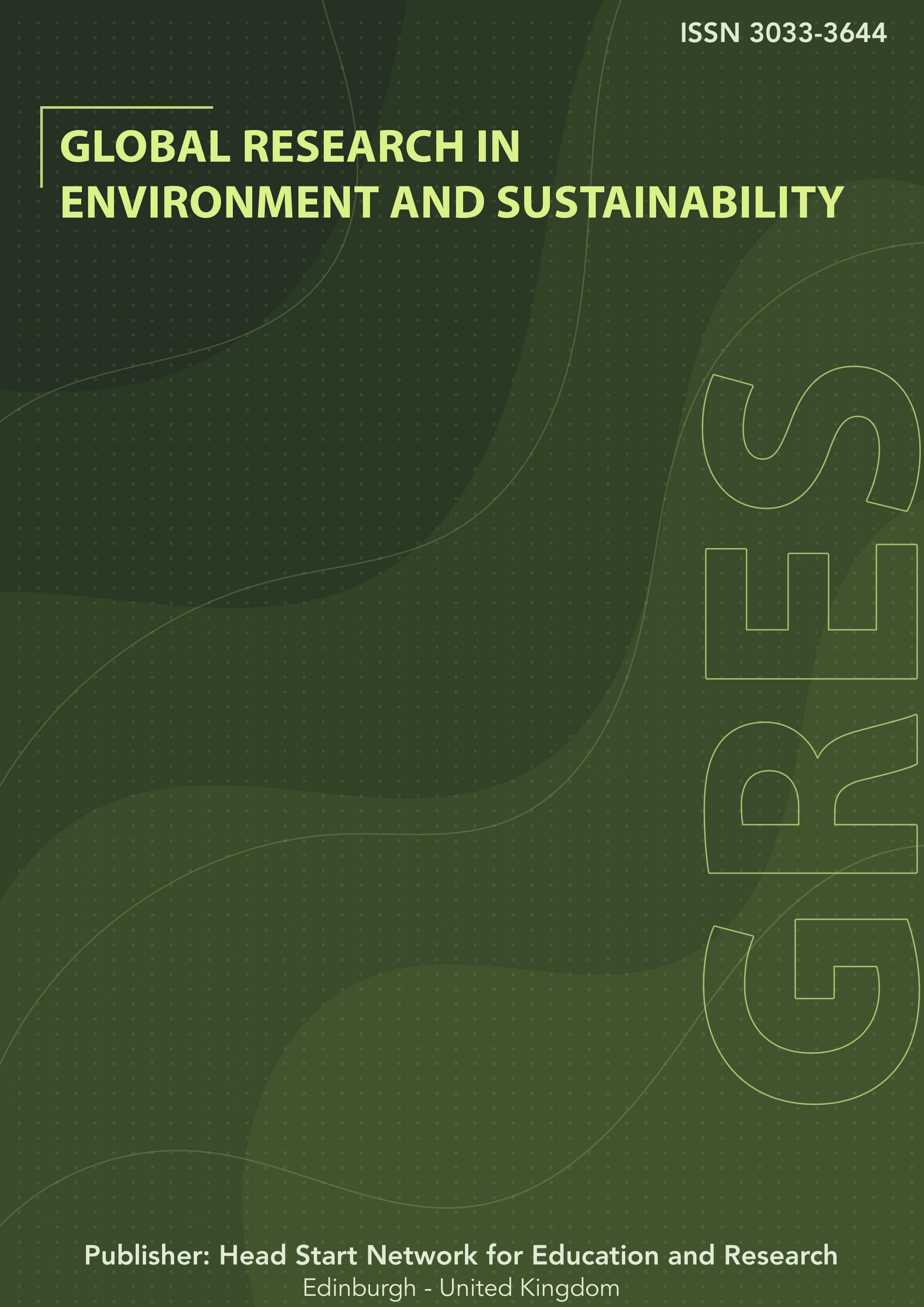Transforming Traditional Shifting Cultivation: A Sustainable Prospect in North East India (A Review)
DOI:
https://doi.org/10.63002/gres.304.1004Keywords:
Traditional shifting cultivation, North East India, Indigenous livelihood, sustainability prospectsAbstract
In every inhabited part of the world man has modified his biophysical environment according to the milieu and available natural resources. Shifting cultivation is one such adaptation on the hills and mountain slopes, whereby farmers carry out cultivation by shifting cultivation plots. This review lays focus on the dominance of traditional shifting cultivation practices in North East India. The region is geographically distinct from the rest of the country in terms of its culture and traditional practices. Locally known as Jhum, this traditional cultivation which was undertaken for self-subsistence using simple tools and long fallow periods has transformed to the present state of short fallow periods over the years. Thereby, the self-sustenance practice which was not in the purview of environmental degradation has now become to be labelled unsustainable in respect to soil loss, forest degradation etc. Studies have shown that with increase in population, shortened fallow periods have transformed the nutrient content of the soil leading to decrease in soil fertility and low productivity. Although, considering the effect it has on the livelihood and food security of the indigenous people shifting cultivation cannot be entirely considered an unsustainable practice. Government initiatives and development programmes have been fruitful in transforming shifting to settled cultivation in some of the states. This review highlights the need for more in-depth assessment of shifting cultivation that will assist in identifying and adoption of proper management and development activities best suited for attaining a sustainable livelihood in the interest of the indigenous population.
Downloads
Published
Issue
Section
License
Copyright (c) 2025 Thejanguno Peseyie

This work is licensed under a Creative Commons Attribution 4.0 International License.





